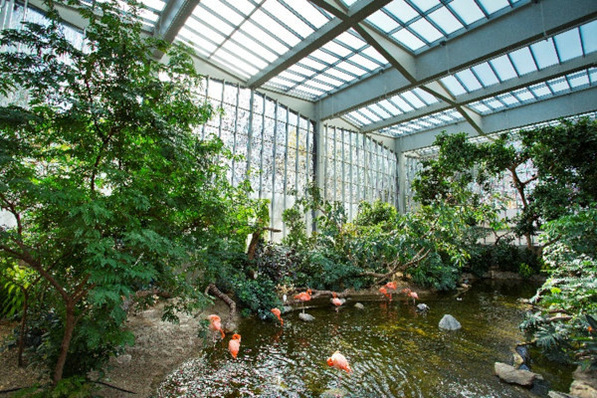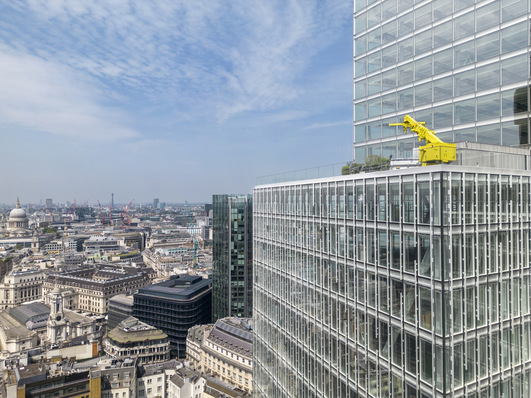Flat glass produced "carbon-free" using the float process was a challenge for Saint-Gobain Glass: this technological achievement was accomplished last week by using 100 per cent recycled glass (cullet) and 100 per cent green energy generated from biogas and decarbonised electricity.
The test run was conducted for one week at the Saint-Gobain Float plant in Aniche, northern France.
All based on solid teamwork
By mobilising the Saint-Gobain partner network, the focus was on the concept of circularity, using 100 per cent recycled glass from renovation or demolition sites as well as production waste.

Saint-Gobain Glass
[How will rising energy prices impact the glass sector?]
The Saint-Gobain Group's industrial and research teams have succeeded in adapting all the technical parameters of the furnace to the double challenge of working with 100 per cent recycled material and 100 per cent biogas, while guaranteeing the corresponding optical quality of the glass as before.
What are Saint-Gobain's goals?
This pilot run demonstrates Saint-Gobain's innovative strength throughout the value chain, they said. This output is a clear demonstration of Saint-Gobain's commitment to achieve carbon neutrality by 2050, according to the company.
[How is a float glass production without natural gas possible?]
At the same time, it strengthens the group's efforts to position itself as a global leader in light and sustainable construction and to take a leading role in decarbonising construction and helping to build a carbon-neutral economy, they added.
The Saint-Gobain Group's commitment is guided by its goal to make the world "a better place to live".













